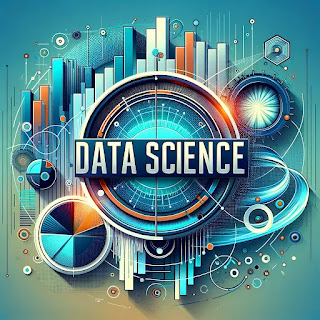Setting Up Your Environment with Data Science in Python
Welcome to the exciting world of Data Science using Python! Whether you are a seasoned professional looking to polish your skills, or a beginner stepping into the realm of data analysis, Python offers a robust suite of libraries that makes data science accessible and effective. In this post, we will walk through a practical example of how to handle, analyze, and visualize data using Python.
Read more »Labels: Setting Up Your Environment with Data Science in Python



